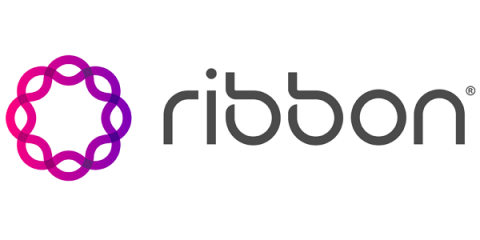Operations | Monitoring | ITSM | DevOps | Cloud
Latest News
SolarWinds Expands International Leadership Team in EMEA Market
Exoprise Announces Consecutive Quarters of Accelerating Double-Digit Growth
Fall 2021 Launch: Automate Incident Response to Accelerate Critical Work
Modern businesses are digital businesses—so managing your business means mastering your critical services and operations for your employees and customers. Today, you need to be able to understand every aspect of your company—as it unfolds—because in this world, seconds matter to your productivity, your revenue, and most importantly, your customers.
Announcing Logz.io Unified Dashboards
In today’s cloud environments, a typical observability stack might include an Elasticsearch cluster for logging, a few Prometheus servers for metrics monitoring, and an AppDynamics deployment for APM. You may run something similar – most observability stacks consist of multiple siloed tools dedicated to collecting and analyzing specific types of monitoring data.
Play with the Speedscale - no registration required
For the first time, Kubernetes engineering teams interested in learning more about Speedscale will be able to play with the framework without registering, at play.speedscale.com. Engineers can see firsthand how you: While users won’t be able to actively watch replays run, there are a variety of pre-created traffic snapshots, reports and configs to browse. Engineers will be able to experience the ease with which snapshots are generated for fast, scalable test automation.
Mattermost v6.1 is now available
Mattermost v6.1 is generally available today and includes the following new features (see changelog for more details).
Markerstudy Group leverages investment in Citrix Cloud Services and IGEL OS to deliver a 'hybrid' future of office and home working
HAProxy Celebrates 20th Anniversary in Open Source
Introducing DX Unified Infrastructure Management
Today, we are launching the newest feature of Broadcom’s Enterprise Software Academy: DX Unified Infrastructure Management (DX UIM) resource pages. DX UIM is redefining infrastructure management with full-stack observability, an open architecture, modern admin and operator consoles, and zero-touch configuration.











